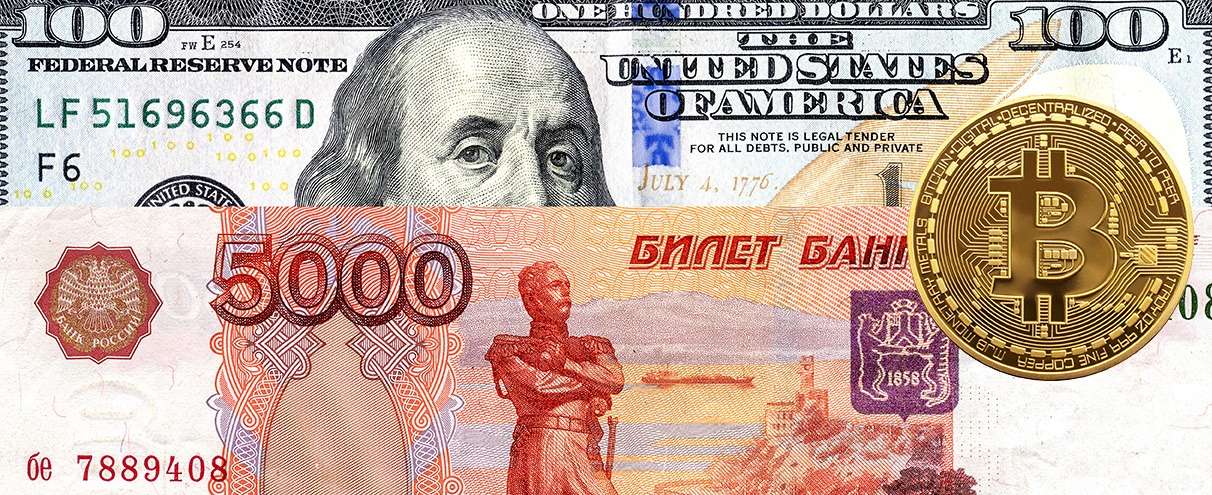European financial regulators have drawn a clear line in the sand: the future of Stablecoins is regulated, transparent, and compliant. The Markets in Crypto-Assets Regulation (MiCA) officially recognises E-Money Tokens (EMTs) and Asset-Referenced Tokens (ARTs)—not USDT or algorithmic Stablecoins.
Quote for emphasis:
“With MiCA now active, only EMTs and ARTs offer the legal certainty, redemption rights, and institutional appeal needed to integrate with Europe’s financial system.” – Read more on MiCA’s role in stablecoin reform
Tether’s Position and Market Power
Despite regulatory uncertainty, Tether (USDT) remains the world’s largest stablecoin, with a circulation of over $112 billion. USDT continues to dominate trading volume, particularly in emerging markets. In early 2024, Tether minted over $6 billion in USDT, primarily to meet demand from crypto-native users, including institutional buyers and nation-state actors, who accumulated BTC.
“USDT minting spiked significantly in Q1 2024, feeding into Bitcoin reserves for ETFs, hedge funds, and sovereign wealth strategies.”
But that power may come at a cost. Under MiCA, unregulated Stablecoins face usage restrictions within the EU for licensed platforms, tokenization projects, and financial services providers.
The Rise of EMTs: Circle and Societe Generale Lead
Circle’s EUROC and USDC are actively preparing for MiCA compliance. Meanwhile, Societe Generale’s EURCV is the first bank-issued EMT under French law. These tokens offer the exact qualities MiCA demands:
– Transparent reserves
– 1:1 Fiat redemption
– Issuance by licensed institutions
“MiCA is reshaping the stablecoin race, and for the first time, compliance is more valuable than scale.” – Explore how MiCA is shaping custody and token rules.
Article Linking Suggestions
Relevant links from DNAcrypto’s knowledge section:
Image Source: Adobe Stock
Disclaimer: This article is purely for informational purposes. It is not offered or intended to be used for legal, tax, or investment purposes
or financial advice.












